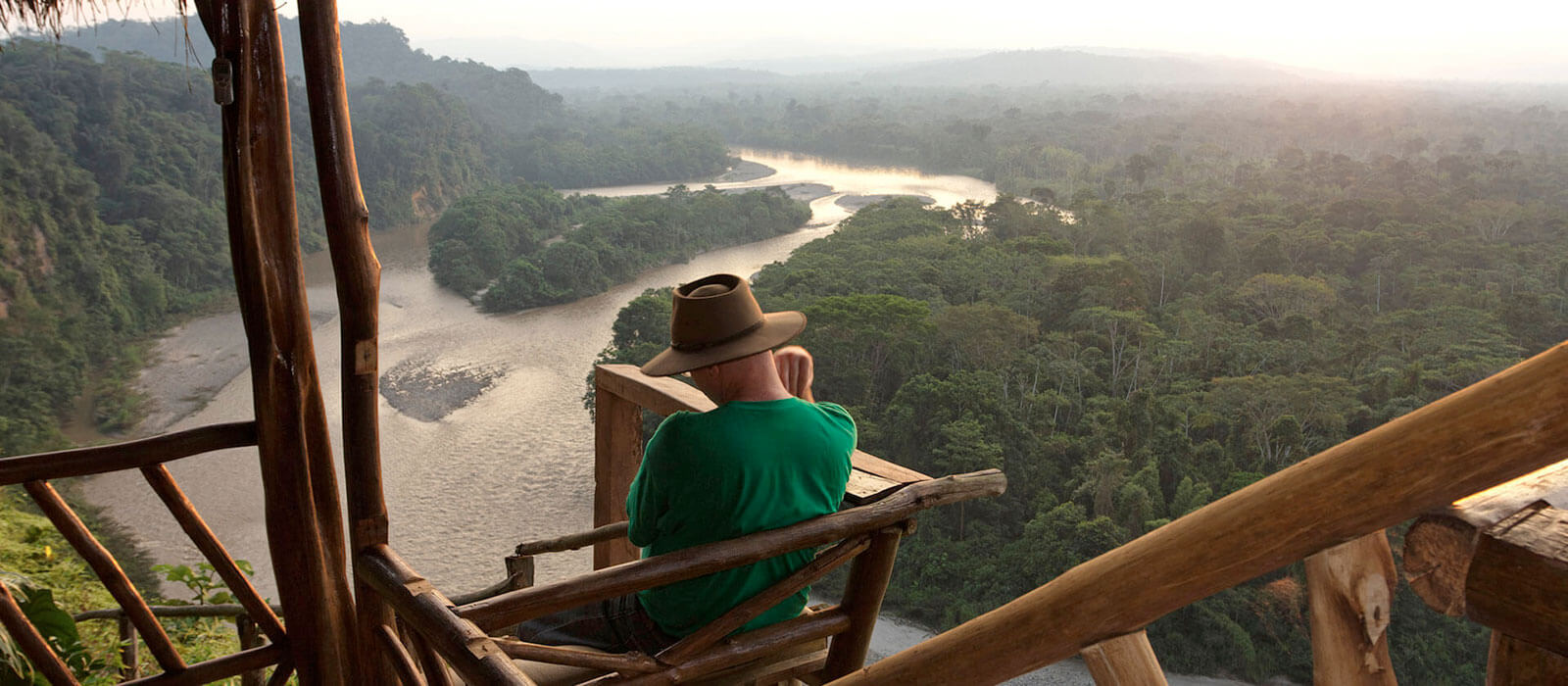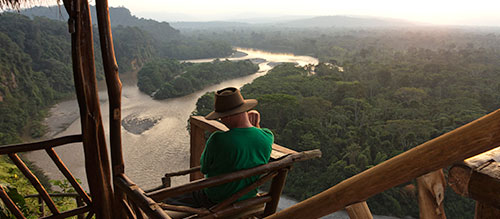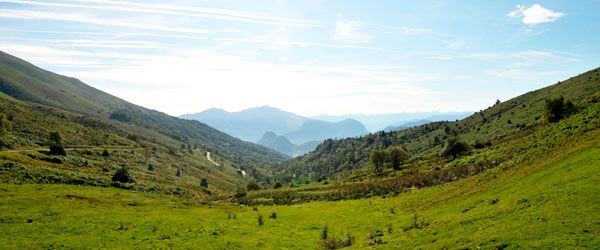Ecuador's largest mainland park is located in the center of the country and is surrounded by the provinces of Morona Santiago, Chimborazo, Tungurahua, Cañar and Pastaza. The park has a variety of ecosystems: from arid landscapes to snow-capped Andean peaks and from tropical forests to icy fields. Sangay National Park boasts every climate. Since 1983, the park has been on the UNESCO World Heritage List along with Ecuador's other attractions: the Galapos Islands, colonial Quito and the walled city of Cuenca. The Sangay Park is ideal for mountaineers, horseback riders, hikers and mountain bikers who want to enjoy the breathtaking views.
- Sangay National Park is located in central Ecuador 200 kilometers south of the capital Quito and covers an area of over 517,000 square meters.
- The highlights of the park are its three volcanoes: the Tungurahua, Sangah and El Altar. The first two are currently too active to be climbed. El Altar is considered inactive.
- Sangay National Park is home to the rare Bergtapir, Spectacled Bear and Andean condor.
Located in central Ecuador, the park contains as much as 517,000 square meters. In 1975, the park was named Wildlife Reserve to protect its flora and fauna. Soon it was officially named Sangay National Park and finally in 1983 it was included on the UNESCO World Heritage List. The park is located 200 kilometers south of the capital Quito and is easiest to reach from the north. From the town of Baños, it is about 70 kilometers to the park's entrance.
The park is dominated by three major volcanoes. Ecuador's most active volcanoes, Tungurahua and Sangah, are located in Sangay National Park. These two volcanoes are very dangerous to climb. El Altar volcano is 5318 meters high and extinct. Therefore, it is a popular volcano for mountaineers. The park is also recommended for horseback riders, mountain bikers and hikers.
The park's wilderness is so varied that it is a very popular place to visit. The park has more than 300 lakes and also has waterfalls, volcanoes, rivers, caves and hot springs. Due to the isolation of the park, many endemic species have survived, such as the Mountain Tapir, Spectacled Bear, Guinea Pig and the Puma. The famous Andescondor, which is among one of the largest flying birds on Earth, has also been spotted in the park.
Visiting the park is free, like almost all national parks in Ecuador. Very many activities are organized from major places in Ecuador, but most are organized from the city of Baños. Staying in this city is also recommended during a vacation in Ecuador because of its hot springs, many hiking opportunities and adventurous excursions. For lovers of different ecosystems, diverse nature, flora and fauna, Ecuador's largest park is a walhalla par excellence and should not be missed during a trip to Ecuador.



